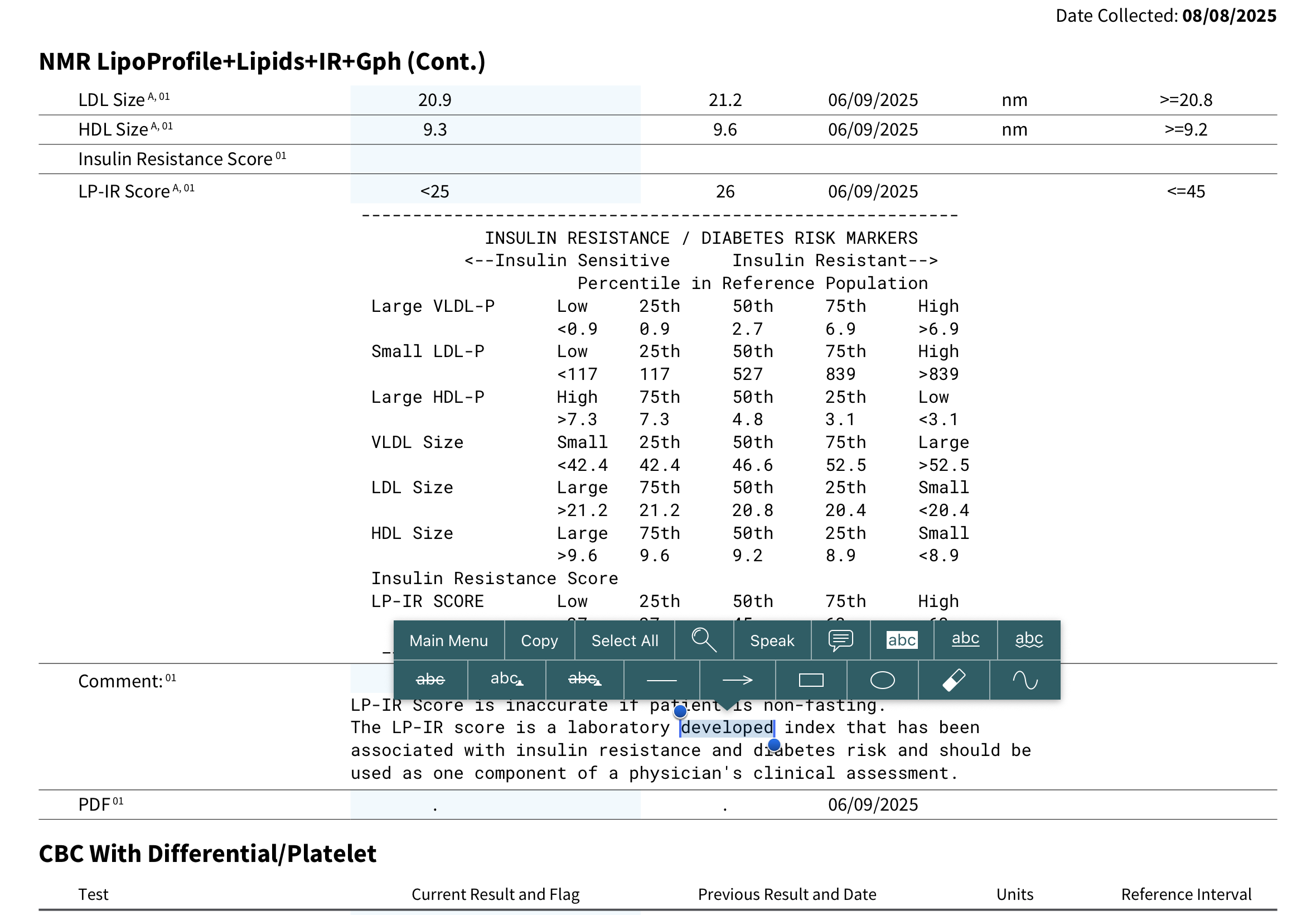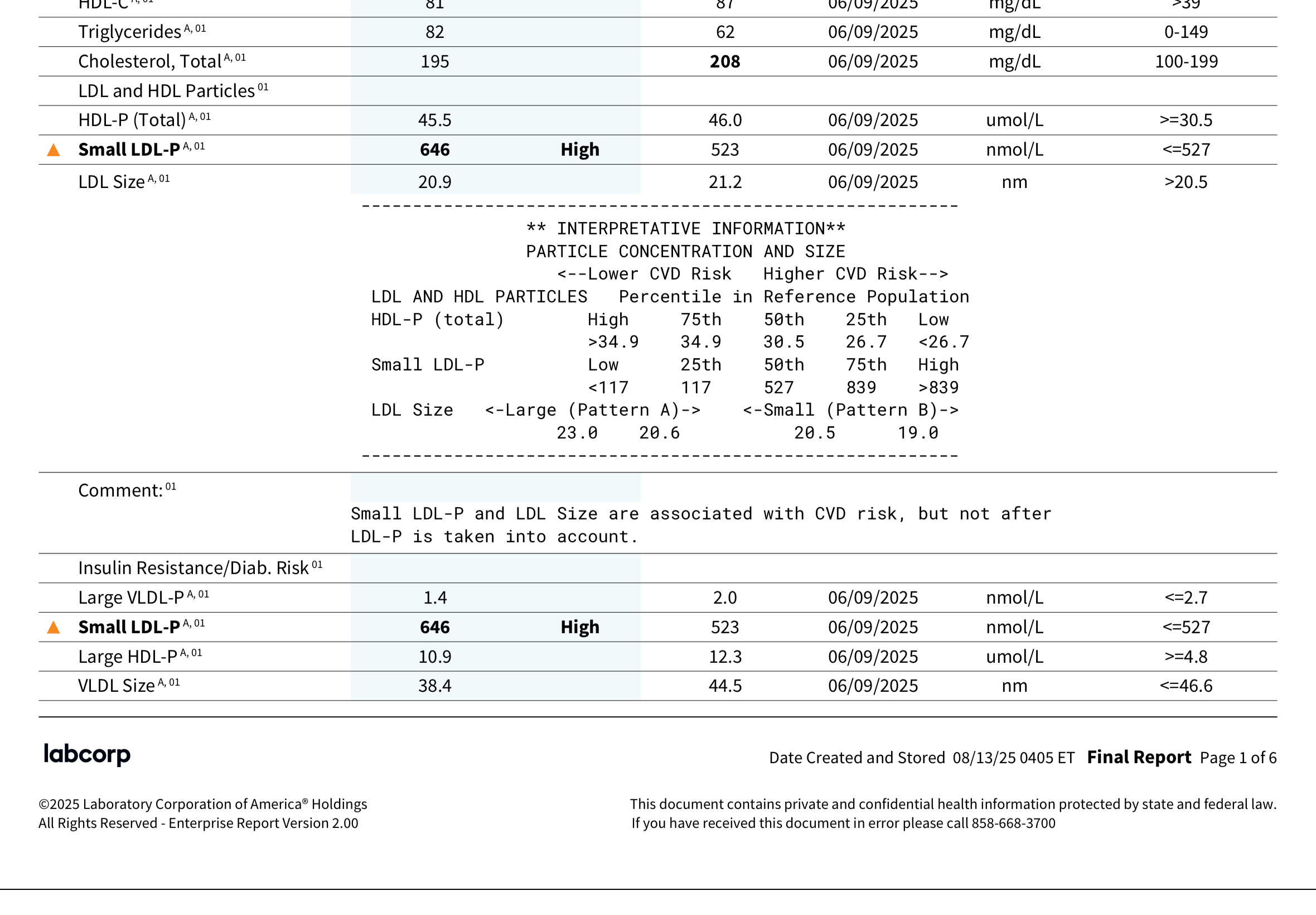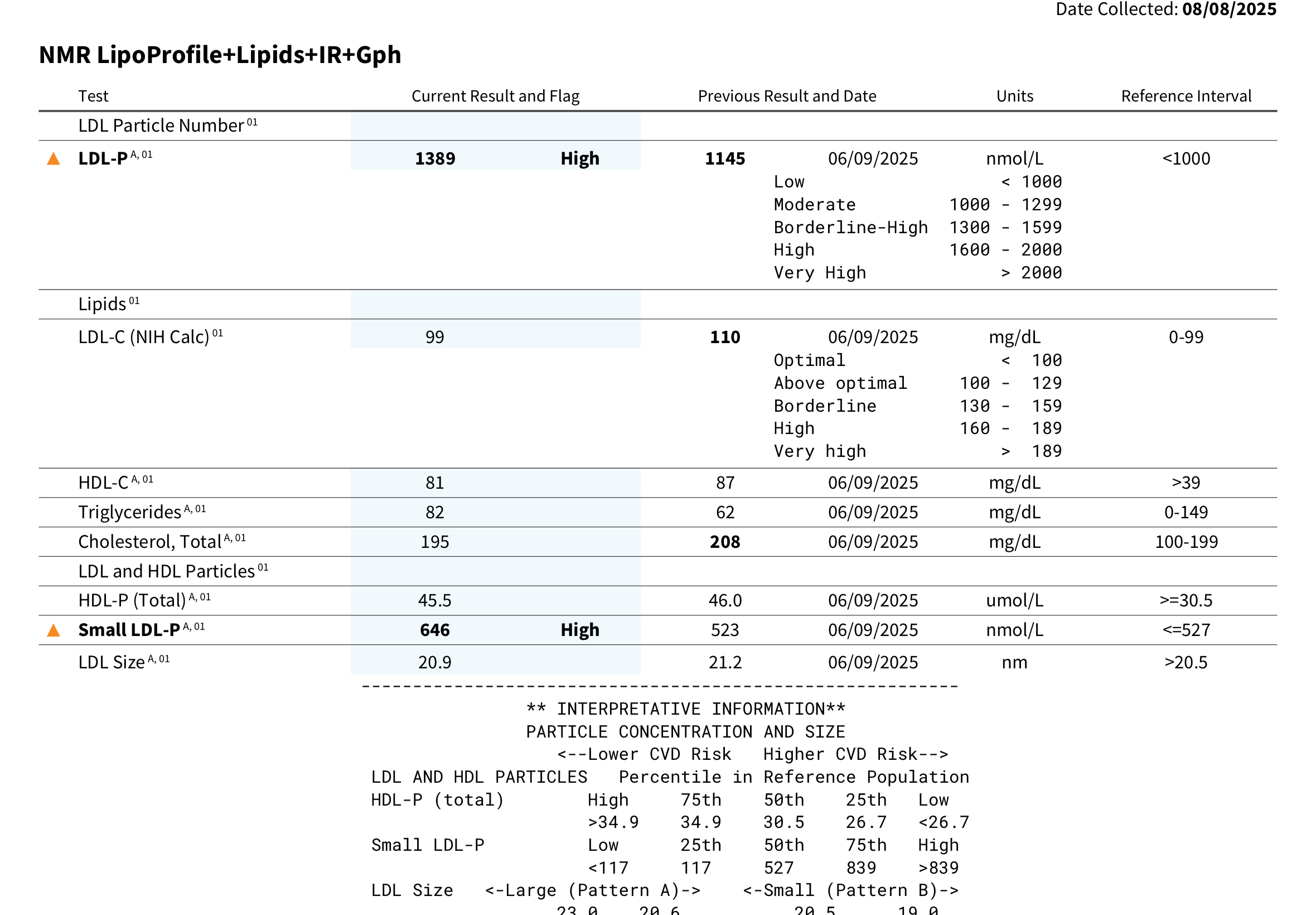Greetings:
I asked the Medical AI - OpenEvidence.com: Is there is an ApoB level below which plaque regression occurs. The answer follows:
While lower apolipoprotein B (apoB) levels are associated with reduced atherosclerotic cardiovascular disease (ASCVD) risk and plaque burden, there is no universally established apoB threshold below which plaque regression reliably occurs; guideline-recommended targets are <90 mg/dL for high-risk primary prevention and <80 mg/dL for very high-risk patients, as outlined by the National Lipid Association and the American College of Cardiology. Clinical studies using intravascular imaging demonstrate that reductions in apoB, particularly in statin-treated patients, are linked to greater plaque delipidation and regression, but do not define a specific apoB cutoff for regression; some observational data suggest lower cut points such as 65 mg/dL may be beneficial in certain populations, though these findings are not definitive and require further validation.
ApoB is a superior marker of atherogenic particle number and residual risk compared to LDL-C, especially in patients with diabetes, metabolic syndrome, or high triglycerides, but guideline targets are based on risk reduction rather than direct evidence of plaque regression at a specific level. No randomized controlled trial has established a definitive apoB threshold for plaque regression, and further research is needed to clarify if a specific level guarantees regression across populations. In summary, while aggressive lowering of apoB is associated with favorable changes in plaque characteristics, no specific apoB level has been proven to reliably induce plaque regression.



